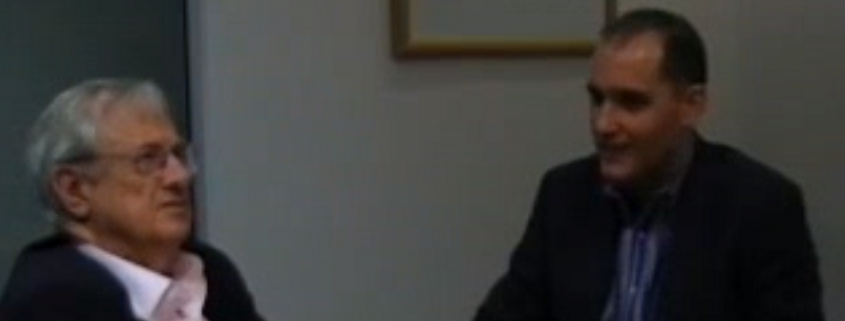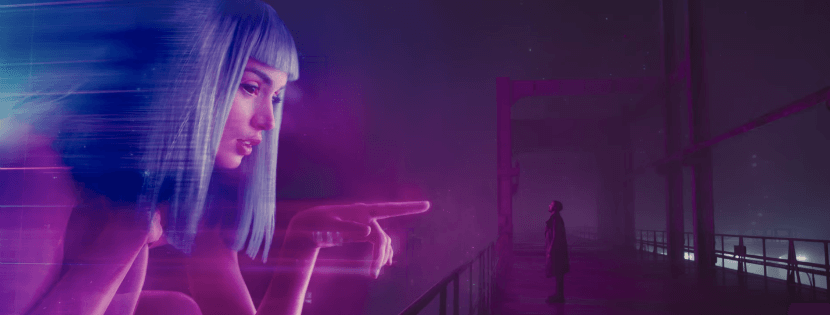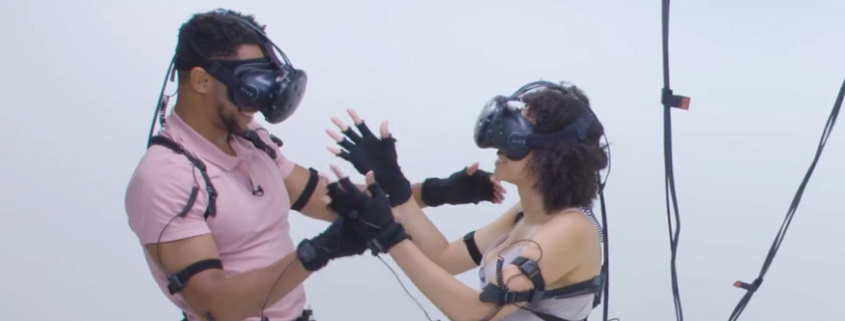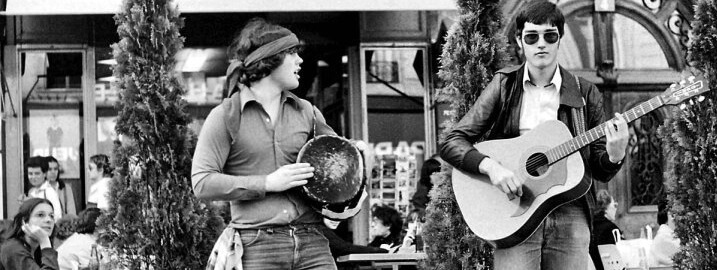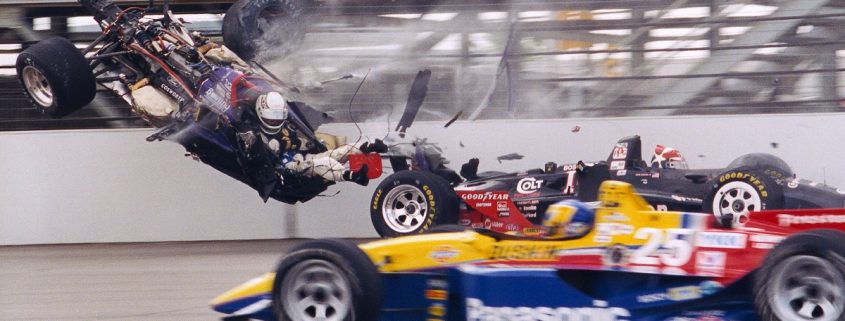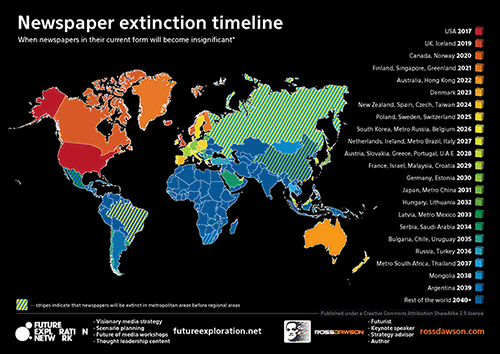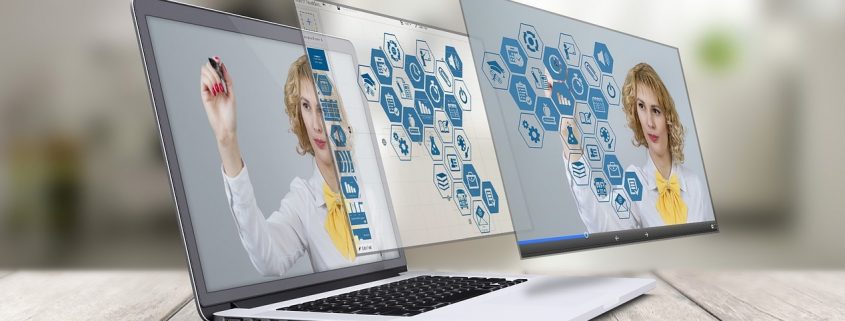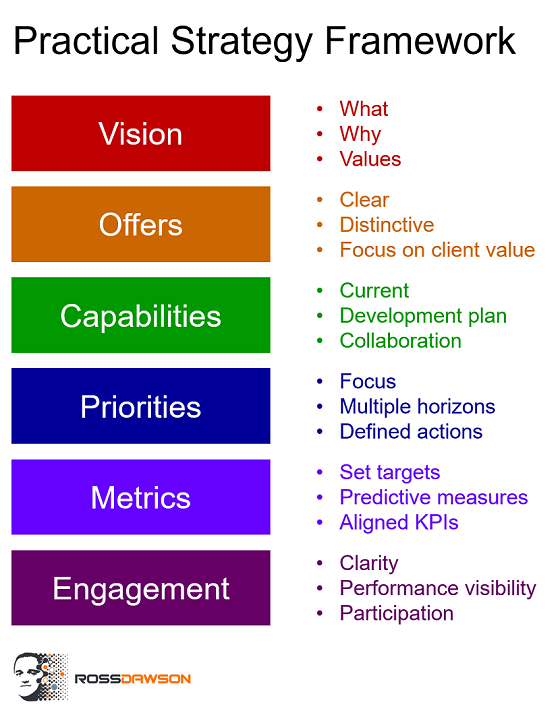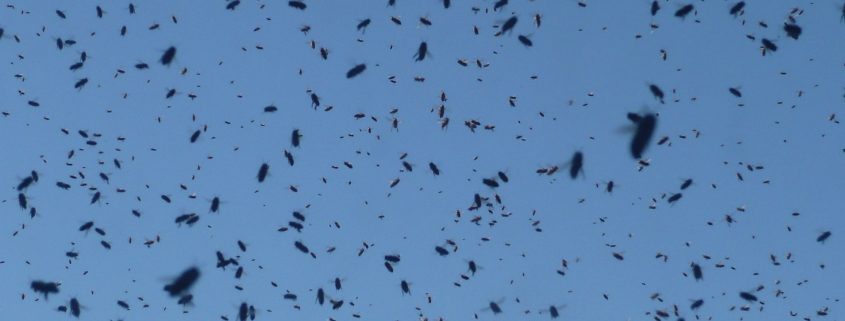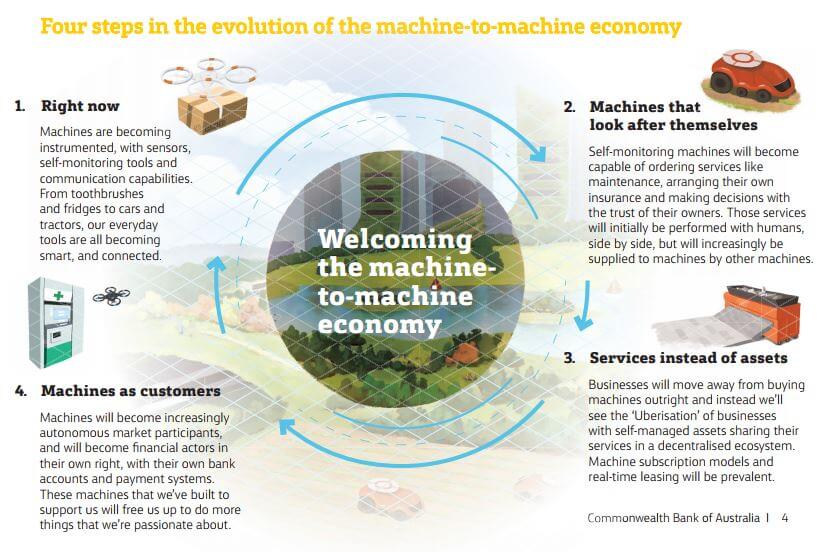Conversations with scenario thinker and networker extraordinaire Napier Collyns
Napier Collyns has long been an eminence grise of the world of foresight, not publicly visible but immensely influential in his ideas and connections, especially through his role as co-founder of Global Business Network and his seminal work as part of the original team at Shell in the 1970s that created modern scenario planning. In my book Living Networks I used him as my case study of the most extraordinary networker I know. He is the closest to a mentor that I have had in my long career as futurist and even before. A memoir of his life is currently being prepared by International Futures Forum.
In 2008 I recorded a video of a conversation with Napier on a diverse array of topics. Below is the video together with a full transcript. It provides deep insights into scenario thinking and how the history of scenario planning has shaped its role in business today, perspectives on the evolution of human networks and networking and assistance in the “gentle art of re-perceiving”.
Conversation: Napier Collyns and Ross Dawson from Ross Dawson on Vimeo.

